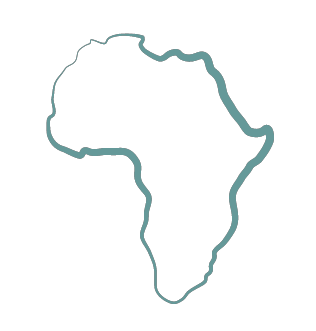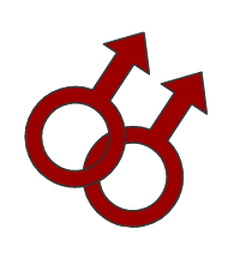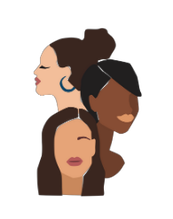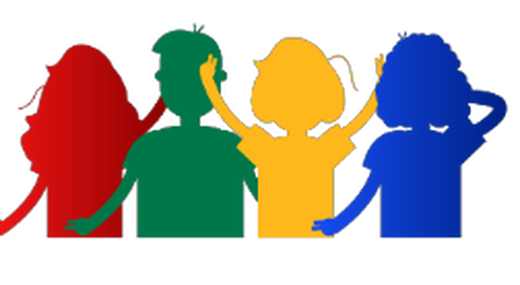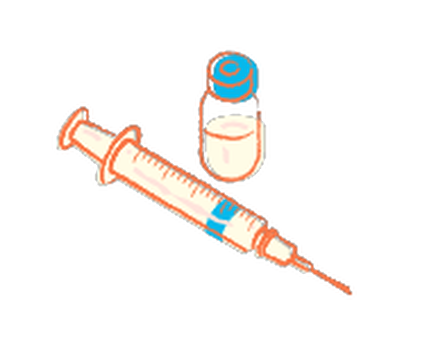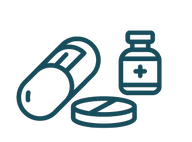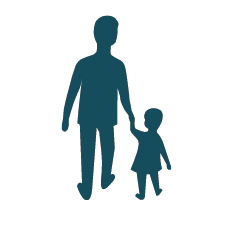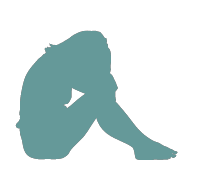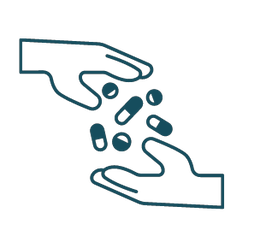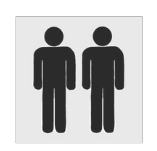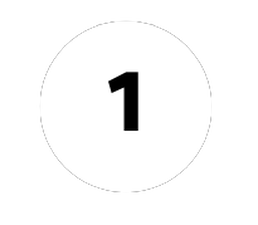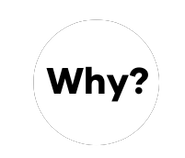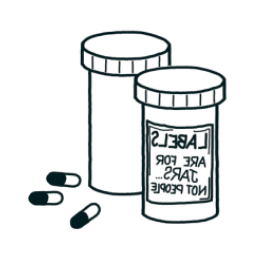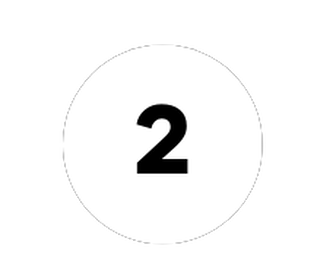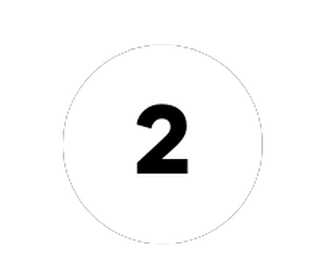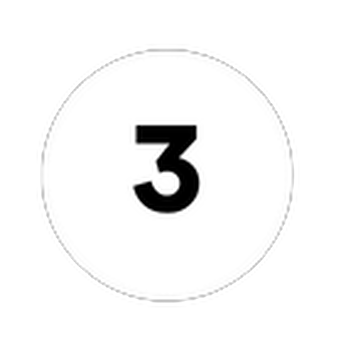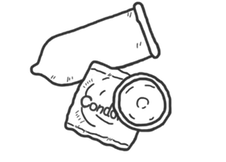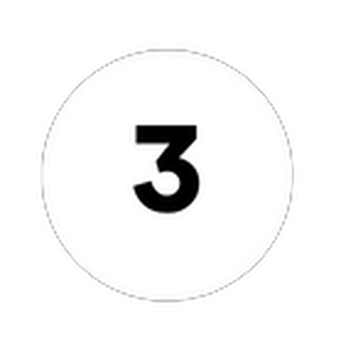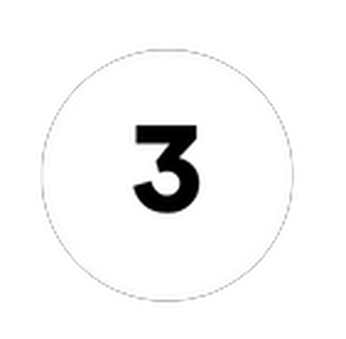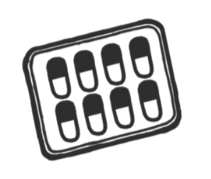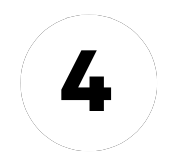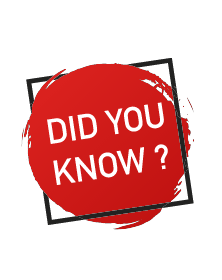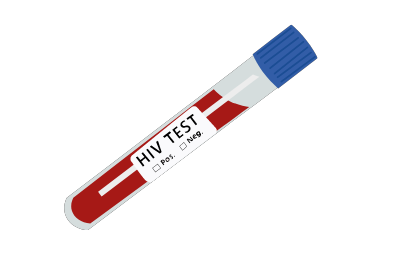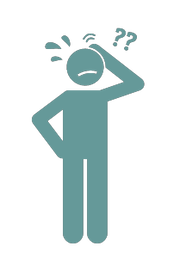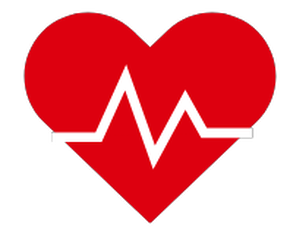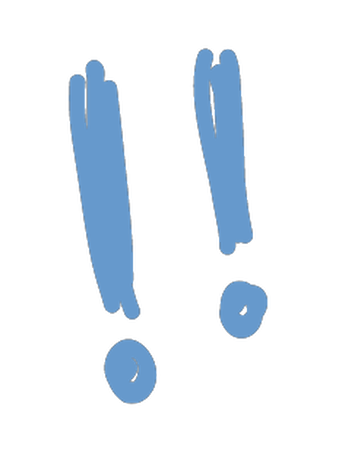Communities Affected...
...by HIV/AIDS in the United States:
|
African Americans
Most affected racial/ethnic group. For compa-rison, 8x more new cases than whites! Why? Because they tend to have sex within their race, which increases the concentration of the virus. Several socioeconomic issues result from the high poverty rate among this community, which leads to failure to receive treatment. INJECTION DRUG USERS
In these situations, the main problem is the sharing of needles through which the virus is transmitted. 1/3 of AIDS cases stem from these instances. It is difficult to collect accurate data on this group, since most will not reveal that they use these drugs or are unaware they they are HIV+. WOMEN
Most common way for them to contract the virus is through heterosexual contact. In sexual abuse cases, the infection risk increases due to significant trauma. ~14% contract the virus through injection drugs. |
LATINOS
Language is one of the main reasons why Latinos struggle to get the correct treatment and testing necessary. This community also faces socioeconomic difficulties due to their poverty rate. Their infection rate is 3x that of whites. GAY/BISEXUAL MEN
Men who have sex with men (MSM) are the most affected community - they are only 2% of the entire population in the United States, yet they make up half of people who are currently living with HIV/AIDS. They were one of the first cases, leading to the initial name GRID (Gay Related Immune Deficiency). YOUTH
13-24 year-olds make up 20% of newly diagnosed cases each year. They contract it either though drug use or sexual experimentation. Peer pres- sure, carelessness, and no precautionary measu-rements are usually the catalyst. |
...by HIV/AIDS Globally:
|
Sub-Sahara Africa
It has the highest population of HIV+ people - 70% (~25.8 mill). Healthcare: most workers are positive and there is a chronic labor shortage and resources. Education: children are impacted by the virus - dropping out to either take care of their family or themselves. Some are orphaned too and are forced to take on jobs to earn a living. Life expectancy: it has fallen in many of those countries, straining the economic development and productivity. |
|
MSM (Men Who Have Sex W/ Other Men)
They are 19 times more likely to contract HIV compared to the general population in the low and middle income communities. Stigma and discrimination in many countries prevents them from getting proper help. At least 90% in the Asia-Pacific region do not have access to treatments or care because of laws. Malawi and Zambia punish MSM with up to 14 years imprisonment. Health care services for MSM in those countries are unreachable. |
|
Youth
Out of all children who needed treatment only 23% got it. Children usually receive it through mother-to-child transmission. There are drugs that reduce the risk of transmission to ~1% - issue is that only 73% of pregnant women with HIV in low to middle income countries receive that treatment. This is an issue, since most children will carry several burdens like taking care of their family, becoming orphans, and having the psychological pressures of having a life threatening illness in them from the day they were born. |
|
Injection Drug Users
1 in 10 new infections are due to sharing needles. In Eastern Europe and Central Asia 4/5ths of people with HIV are involved with drug use. Globally, ~20% of all drug users have HIV. Many drug users are not aware that they carry HIV, so in reality the percentage is a lot greater. The reason the exact number is not known, is because injection drugs are forbidden in most countries, so many do not seek medical treatment or get tested, which worsens the HIV issue. |
Sex Trafficking & HIV
Violence
Trafficked individuals often face violent sex and rape.
There is a greater possibility of cuts and tears, which allows for the exchange of blood, increasing the possibility of contracting HIV.
Trafficked individuals often face violent sex and rape.
There is a greater possibility of cuts and tears, which allows for the exchange of blood, increasing the possibility of contracting HIV.

Drugs
Injection drugs are often used to cope with the stress and hardship.
Trafficked individuals are also forced to take drugs.
These drugs are often taken with shared needles which increase the risk for HIV contraction.
Injection drugs are often used to cope with the stress and hardship.
Trafficked individuals are also forced to take drugs.
These drugs are often taken with shared needles which increase the risk for HIV contraction.
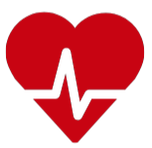
Healthcare
Trafficked individuals are often forced to migrate to a different country, where they are undocumented and are often kept from receiving access to health services.
Trafficked women and sex workers tend to be stigmatized, marginalized, and criminalized, which affects their social and economic welfare and their access to health services.
Trafficked individuals are often forced to migrate to a different country, where they are undocumented and are often kept from receiving access to health services.
Trafficked women and sex workers tend to be stigmatized, marginalized, and criminalized, which affects their social and economic welfare and their access to health services.
Children & HIV
|
HIV Transmission
Vertical Transmission: HIV is passed on during pregnancy, childbirth, and breastfeeding. Sexual Transmission: Marriage under 15 with parental consent is legal in many countries, putting children at risk of HIV contraction. Injection Drugs: Children are more likely to share needles, and often struggle to receive any medical care for drug abuse. |
Treatment Challenges
Most children who live with HIV will lose family members, experience shock, and be subject to stigma and discrimination from society.
Most children who live with HIV will lose family members, experience shock, and be subject to stigma and discrimination from society.
Because of their weakened immune system, children with HIV are even more susceptible to illnesses.
Men Who Have Sex With Men (MSM)
|
Challenges Responding to HIV Among MSM:
Criminalization
|
|
Effective means of reaching out to MSM:
|
African Americans
|
2) New HIV Infections
Between 2009-2013, African Americans accounted for:
Most likely to be infected through:
|
|
3) Challenges to Prevention
|
|
4) HIV Treatment Among African Americans
|
|
5) A Look to the Future...
It’s vital that access to healthcare is increased for African Americans with regards to other health conditions and opportunistic infections. |
Now You Know
Help fund HIV/AIDS research and spread awareness. Donate today or shop in our store.
Help fund HIV/AIDS research and spread awareness. Donate today or shop in our store.
- Data collected from:


